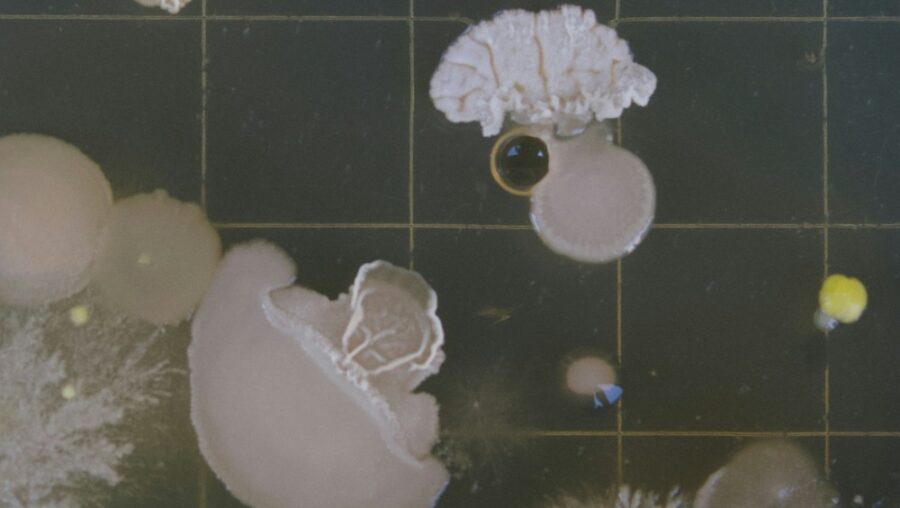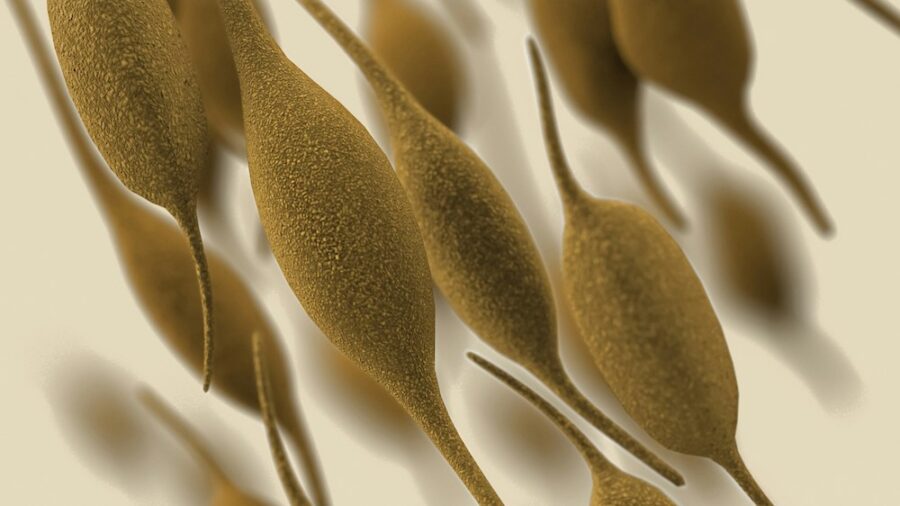The First Time Scientists Simulated A Life Form It Was The Worst Thing Possible

Back in 2012, something extraordinary, and somewhat disturbing happened. Molecule by simulated molecule, scientists re-created a complete life form in a computer.
Was it a sexy blue-tinted avatar? A Tron-ified monkey? Or even a naked mole rat? Nope, it was a lousy bacterium. When playing god for the first time, Stamford University had to start small, so they’ve picked a sexually transmitted parasitic bacterium to come to digital life based on data compiled from over 900 research papers.
This makes it the most exact replica of an STD ever created. The first simulated life form was something humans work their whole lives to avoid getting. So classic.
Mycoplasma genitalium’s effects on the human body are something like that of Chlamydia. It was picked to replicate because of its status as the organism with the second-smallest genome ever discovered.
According to the DailyMail, Stamford scientists didn’t re-create the bacteria to figure out ways to stop painful urination, but rather as a stepping stone to understanding the complex interaction of numerous genes with each other. This was to further the knowledge base of biology in general.

As an added benefit, computer-simulated life was meant to serve as a roadmap towards making new tailored synthetic life.
It was the hope of Stamford biophysics grad student Jonathan Karr that the use of computer-assisted design (CAD) to create complete biological schematics as blueprints for new life forms could cause a revolution in bio-engineering.
Not only did he hope the technology could be used to create synthetic life capable of mass-producing pharmaceuticals, but he envisioned a future where human-scale simulations could open whole new areas in personalized medicine.
As Karr pointed out though, “This is potentially the new Human Genome Project. It’s going to take a really large community effort to get close to a human model.”
The research done on this initial biological research and life simulation had cascading effects on other areas. Modeling organisms digitally began in earnest, helping to better understand the minimal requirements for life.
There has also been additional work done on human cells, which are instrumental in drug discovery and disease modeling. Researchers can look more closely at how disease mutations affect cellular processes on a molecular level, understanding and predicting how a cell might respond to a new drug. We are entering a new world of personalized medicine.
Sure, the whole thing “started” with mapping an STD. But that’s science. Sometimes, we need to get down and dirty to find the real answers about life.










